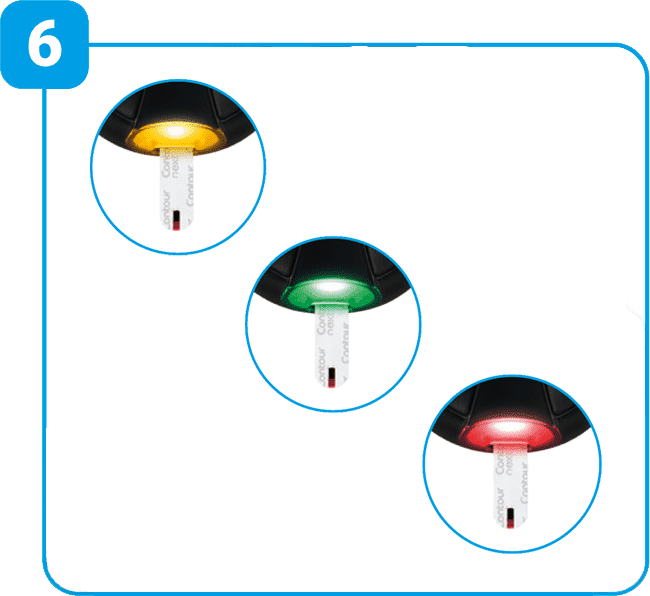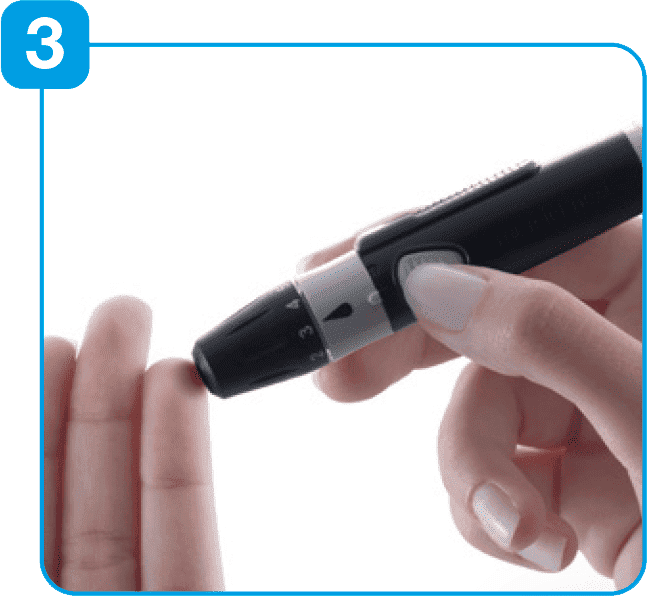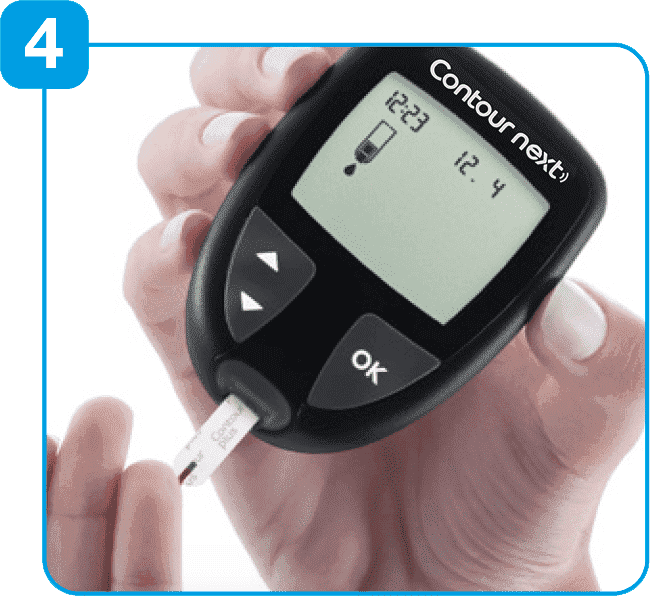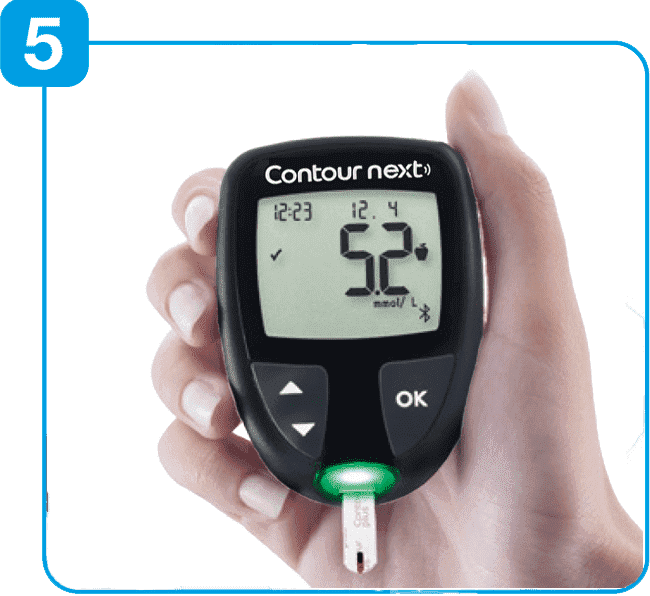Understanding Diabetes
Diabetes means your blood glucose levels are higher than normal.
Type 1 Diabetes occurs when the pancreas produces little or no insulin - the hormone that helps sugar enter cells for energy.2
Type 2 Diabetes occurs when your body still produces insulin but your cells don't respond to it properly (this is called insulin resistance). At first, the pancreas compensates by producing extra insulin, but over time, it struggles to keep blood sugar in check.2







